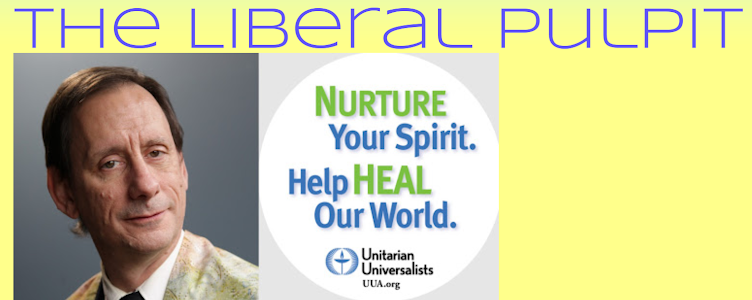Going Into Labor, part 2
For years George Pullman had been a philanthropic supporter of fine schools – with the aim of providing business with a better quality of laborer. He wanted a happy, loyal workforce, so his town provided for all his workers’ needs. They got a state-of-the art home: indoor plumbing, gas lights, sewers – well above the average dwelling of the time. They got fine country air and beautiful neighborhoods.
The mortality statistics, indeed, established that Pullman, Illinois was one of the most healthful places in the world to live. The town created a national sensation. The press praised Pullman’s benevolence and vision.
To ensure there would be no unhappiness, Pullman prohibited outside agitators, allowed no saloons, or vice district. The hotel on the edge of town had the town’s only bar, and it was open only to visitors, not the residents. He prohibited independent newspapers, public speeches, town meetings or open discussion. He wanted his workers to have clean homes, so his inspectors regularly entered homes to inspect for cleanliness and could terminate leases on ten days notice.
Private charitable organizations were prohibited. He built only one church building in his town: the Greenstone Church. Pullman’s plan was that all religious denominations would band together and share the one building. But the various denominations would not unite, and no single denomination could afford the rent, so the church stood empty for the town’s first seven years until Pullman finally slashed the rent by two-thirds, and Presbyterians rented it.
Then in 1893 the stock market crashed. The railroad "bubble" (overbuilding railroads, and relying on shaky financing to do it) burst. The "Panic of 1893" was, at the time, the worst economic depression the United States had ever experienced. 150 railroads closed. There was massive unemployment. Pullman cut his workers' wages by 25 percent or more. He did not, however, reduce the rents he charged his workers for living in Pullman, Illinois.
The next year, 1894, 4,000 Pullman employees went on a wildcat strike: "wildcat" because it wasn’t authorized by the workers’ trade union officials, which was because they didn’t have any trade union officials, which was because Pullman didn’t allow labor unions. Then organizers for Eugene Debs' American Railway Union came in and signed up many of the striking workers, and the Pullman strike spread. Soon 100,000 railroad workers across the country were refusing to handle trains with Pullman cars.
The strike shut down much of the nation's freight and passenger traffic west of Detroit. Various sympathy strikers prevented transportation of goods by walking off the job, obstructing railroad tracks or threatening and attacking the replacement workers the railroads sought to hire. At its peak, the strike involved 250,000 workers in 27 states.
Pullman called up his friend and fellow railroad director, United States Attorney General Richard Olney. With President Grover Cleveland's backing, troops were sent to Chicago. The federal government secured a federal court injunction against the union, Debs, and the top leaders ordering them to stop interfering with trains that carried mail cars. They refused. The Army moved in to stop the strikers from obstructing the trains.
Violence broke out in a number of cities: millions of dollars in damages and 30 people were killed. The Army broke the strike. Debs went to prison for violating a court order. The railroads fired and black-listed all the employees who had supported the strike.
As soon as the strike was over and the trains were running, President Cleveland and Congress moved to make conciliation to organized labor. Six days after the 1894 Pullman strike ended, legislation was pushed through Congress declaring that the first Monday of September was a Federal holiday, Labor Day.
So we have Labor Day as a consolation prize after the Feds sent in troops to protect corporate interests and break up a strike. It was a bone to try to head off further conflict. And they put it in September, instead of giving official recognition to the more widely known International Workers Day on May 1, because they wanted to pull attention away from the more radical labor movements.
Every Labor Day, let us remember this story of the origin of the holiday.
The story of conflict between "management" (the wealthy, the controllers of capital) and people whose labor they want to make use of (whether slaves, indentured servants, or laborers) is the central and on-going story of our country. This is who we are as a people.
Labor Union membership peaked in the 1940s and 50s, and has been declining ever since. Meanwhile, the percentage of all workers whose incomes fall below the poverty threshold was 4.7% in 2000, and rose to a peak of 7.2% in 2010. Since then, it’s down very slightly, and holding about steady at 7.0% of all workers earning poverty wages. On the weekend for celebrating labor, let’s remember the 10.5 million who labor but whose pay is so low that they remain in poverty.
* * *
This is part 2 of 3 of "Going Into Labor"
See also
Part 1: Labor Day, Holy Day
Part 3: He Got the Optimism, Not the Humility







No comments:
Post a Comment